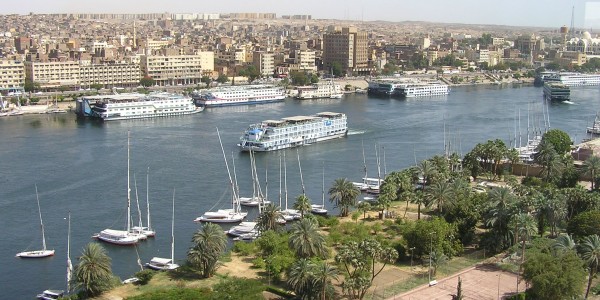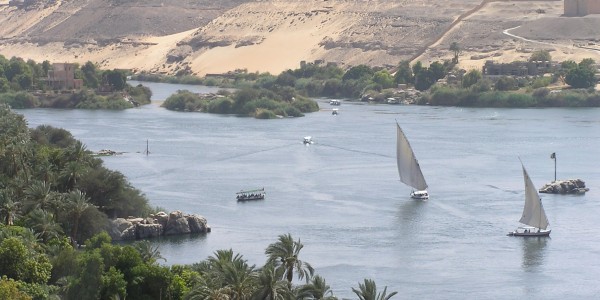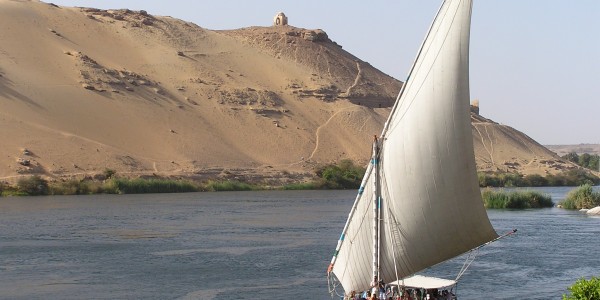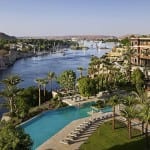Over the centuries Aswan, Egypt’s southernmost city, has been a garrison town and frontier city, the gateway to Africa and the now inundated land of Nubia, a prosperous marketplace at the crossroads of ancient caravan routes. Its name is derived from the word meaning ‘trade’ or ‘market’ in the days when it was visited by great caravans of camels and elephants laden with slaves, gold, ivory, spices, cloth and other exotic wares.
Aswan
Why visit Aswan ?
- Home to one of the most beautiful temples on Philae Island
- Enjoy a felucca ride on the river at sunset
- Explore the Nile by boat including the Aga Khan’s Mausoleum
- The starting or finishing point for a relaxing cruise on the Nile
- Experience the gateway to the vast Sahara Desert
Aswan is situated at the northern end of the First Nile Cataract, one of six rocky areas between Aswan and Khartoum, and the Nile here is at its most beautiful as it flows around giant granite boulders and palm-studded islands protruding from the cascading rapids.
The original Aswan Dam or Old Dam was built by the British at the turn of the 20th Century and on its completion was the largest of its kind in the world. It stands above the fertile and picturesque First Nile Cataract but is now surpassed in size and function by the High Dam, some 6 km upstream, which was built in the 1960’s. When it was completed the water that collected behind it became Lake Nasser, the world’s largest artificial lake.
One of Egypt’s traditionally legendary visitor attractions situated near to Aswan and reached by boat is the Temple of Philae dedicated to Isis, the greatest of all the Egyptian goddesses by Roman times. Built over a period of 500 years commencing in the 4th Century BC and surrounded by date palms and mimosa trees this is one of Egypt’s most majestic and compelling temple sites.
It is also possible to visit the town’s fascinating Nubian Museum and exotic souks, as well as to take a romantic felucca ride on the Nile at sunset.
LOCATION
EGYPT KEY INFO
Visa
A visa is required for UK passport holders.
Health Requirements
No mandatory vaccinations are required.
Time Difference
GMT + 2 hours
Flight Time
5.5 hours Direct
NEWSLETTER SIGNUP
Keep up-to-date with the latest travel trends, inspiration for future trips and competitions to win luxury travel vouchers.
Subscribe






















